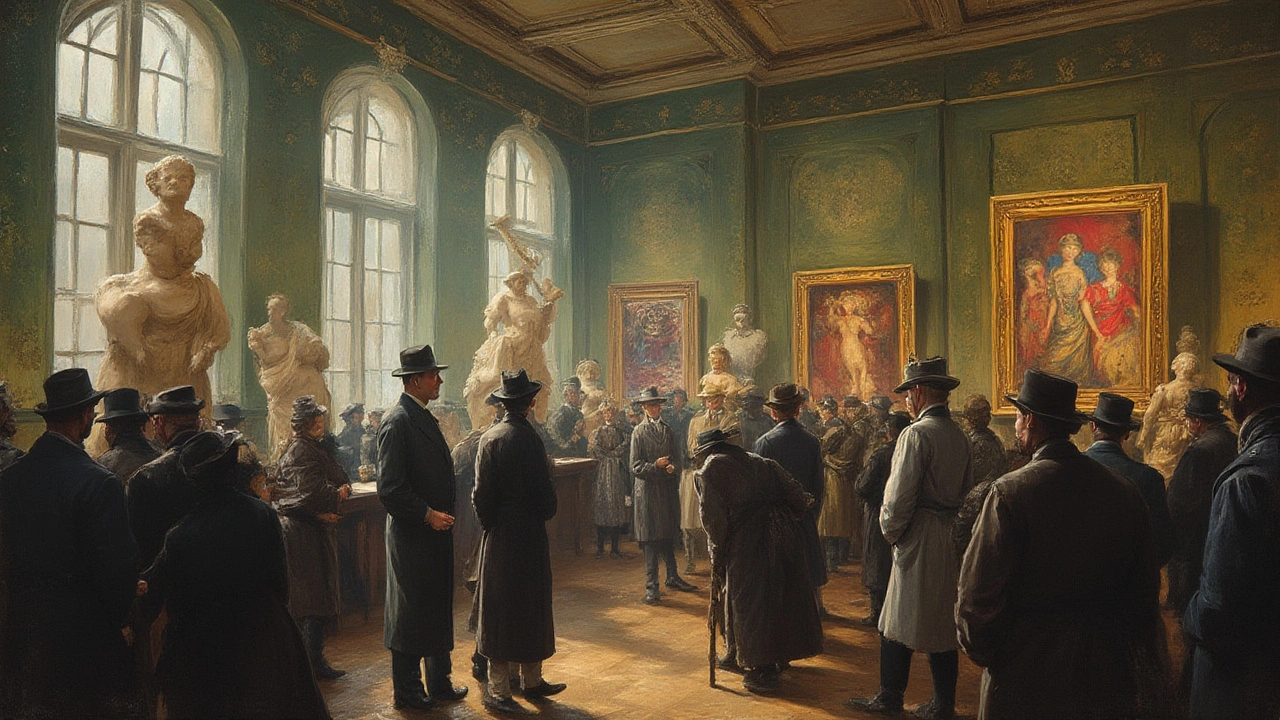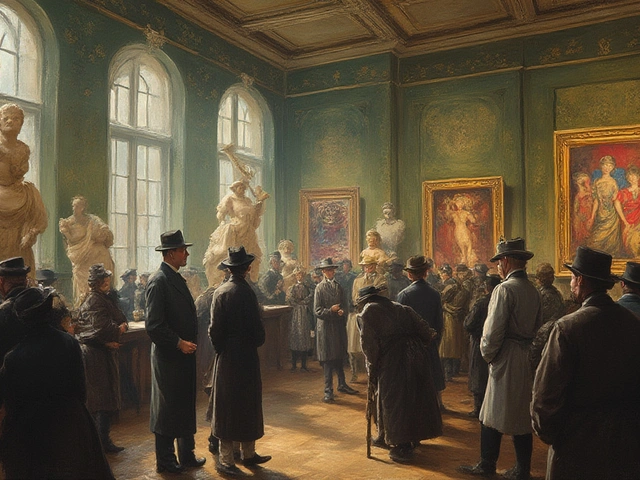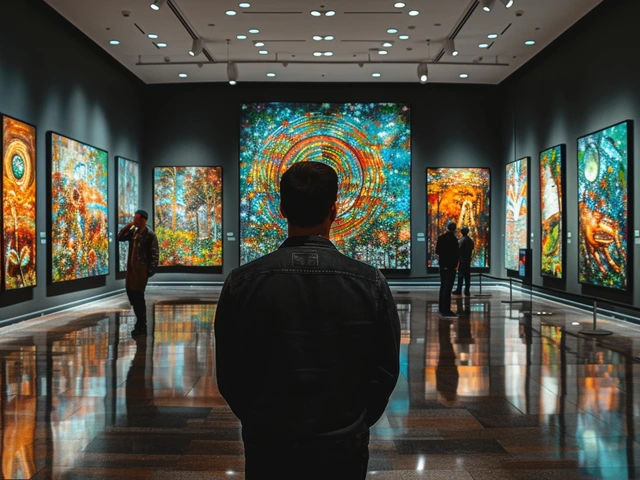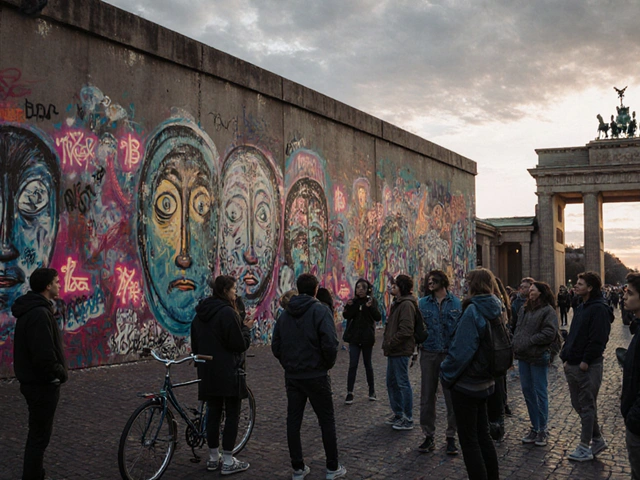Imagine walking into a gallery expecting neat portraits and gentle landscapes. Instead, your eyes land on rough, wild lines and raw colors that feel almost like a punch. That was the jolt of Primitivism in early 20th-century art. It wasn’t just a new style; it was rebellion. These artists didn’t just decorate walls—they rattled sensibilities, pushing back against Europe’s polished traditions. The paintings felt untamed because, for the first time, Western artists were gazing outside their own world, lifting ideas from cultures they’d long ignored or misunderstood. There’s a reason why people still argue today: Was primitivism just cultural theft—or was it the beginning of true artistic freedom?
Where Primitivism Came From—and Why It Shocked Everyone
Let’s rewind to Europe around the late 1800s and early 1900s. The so-called Old Masters had set the tone; art meant smooth realism, careful perspective, and paintings that acted almost like photographs. But things were changing fast. Colonization, world travel, and new anthropology research meant artists had more access than ever before to objects and traditions from Africa, Oceania, and the Americas. These weren’t carefully staged portraits—they were bold masks, vivid textiles, and statues with sharp, simplified shapes. The cultural elites of Paris and Berlin started collecting these works, though they labeled them as “primitive.” That word itself bristled with bias, lumping hugely different societies under a single simplistic label. But the sheer power of the art couldn’t be denied.
Here’s where it gets interesting: artists like Paul Gauguin ditched Paris for Tahiti in search of “the authentic.” He wanted escape from “civilized” life, picturing non-Western cultures as pure and untouched. A fantasy? Absolutely. But it changed the way painting looked forever. Henri Rousseau, nicknamed “Le Douanier” because he worked as a customs officer, was ridiculed by critics for his wild, dreamlike jungle scenes—even though he’d never left France. The thing is, his imagination was firing because he’d seen African sculptures in Paris museums. Picasso caught the bug too. When he laid eyes on West African masks at the Musée d’Ethnographie du Trocadéro, he claimed his “whole vision changed.”
The first public glimpse that something seismic was brewing? Picasso’s 1907 painting Les Demoiselles d’Avignon. Faces looked like masks, and bodies were crumpled into edgy angles that spat on the idea of ‘pretty’. The art world freaked out—and a few years later, Cubism was born, blending African and Iberian elements with European craft. It’s almost impossible to overstate how much primitivism rattled the cage, shattering the old order and pushing art toward new, radical paths.
Who Shaped Primitivism—and Whose Voices Got Left Out?
Let’s talk about the big names, because this movement’s heavy-hitters are legendary. Primitivism wasn’t some footnote—it was at the core of what we now call Modern Art. You had Picasso, as mentioned, channeling non-Western sculpture in his leap toward Cubism. Then there’s Gauguin, who lived among Polynesians, fusing Tahitian myth and color into canvases that feel both lush and dreamlike. Georges Braque, a Picasso collaborator, also swiped ideas from African carving for his hard-edged, geometric explorations.
Across the Channel, the British sculptor Henry Moore took inspiration from Pre-Columbian relics, creating bronzes that looked like time-traveling fossils. The German expressionists, especially Ernst Ludwig Kirchner and Emil Nolde, devoured Oceanic and African forms. Even Constantin Brâncuși, the Romanian pioneer, showed how “simple” shapes held deep emotion—his works echo the rustic wood carvings of his homeland, mixed with a global sensibility.
Now, here’s the uncomfortable truth: for all their admiration, these European artists were often clueless about the cultures they borrowed from. Their “inspiration” came detached from meaning, context, and tradition. That’s why debates about primitivism get heated—was it curiosity or exploitation? At the time, few collectors gave credit to the original makers. Most museum labels were vague; objects were grouped under generic signs like “Tribal Art.” For decades, African, Pacific, and Indigenous creators themselves had little say or visibility within the canon of art history. It’s a dark shadow, still stirring talks in art circles and classrooms.
This tension is reflected in the numbers. A 2019 study found only 1% of the artworks on display in top Western museums were credited to African creators, compared to more than 40% from European artists. That gives you a sense of whose stories got told—and whose didn’t—during primitivism’s boom. Today, efforts to return looted artifacts and reframe museum collections are steps toward balance, but there’s a long road ahead.
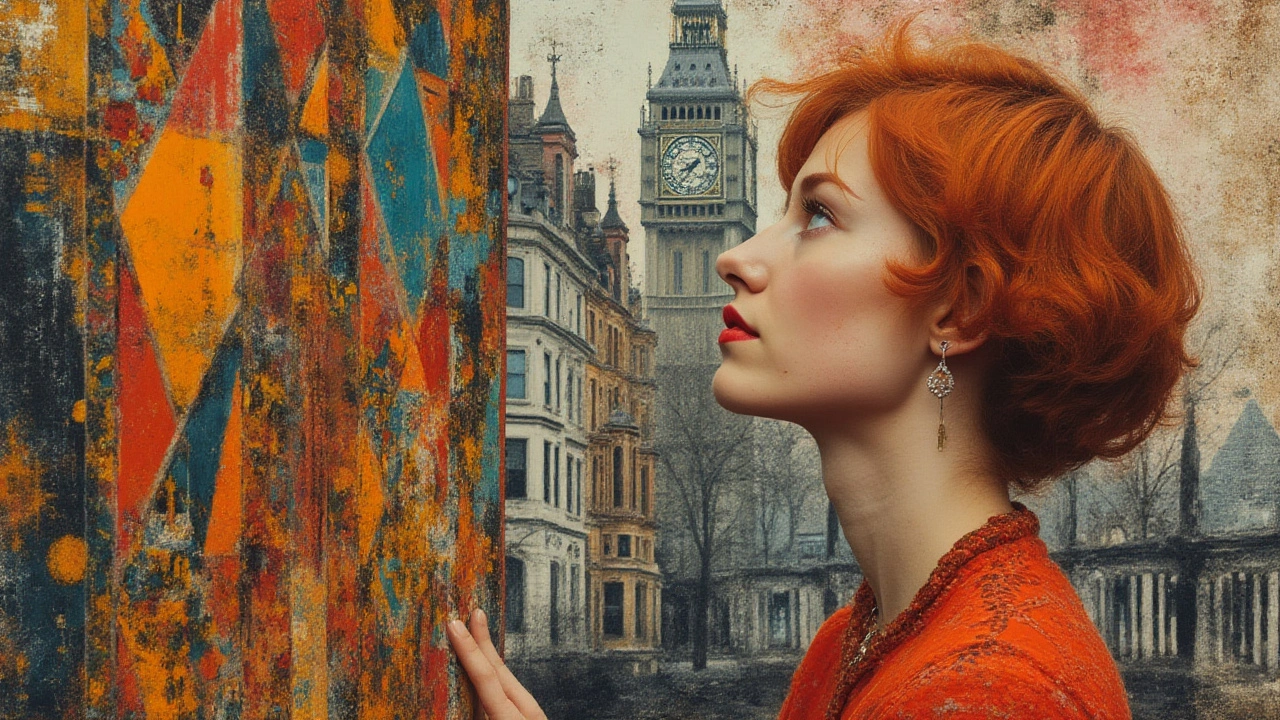
Why Did Primitivism Catch on? The Pull of ‘the Other’
So, why did these hard-edged, “primitive”-inspired works take the art world by storm? At the dawn of the 20th century, the West was churning with anxiety. Technology, city life, war—everything felt like it was speeding out of control. Artists were searching for a shock to the system, something that felt real and vital. The answer, to them, lay in what they imagined was “the Other”—societies they saw as untouched by commercialism and industry. Of course, this idea was full of stereotypes and wishful thinking, more about Western projections than authentic understanding. Still, it sparked creativity like never before.
Artists started breaking up the human form. Instead of perfect shapes and gentle curves, you saw jaws like boulders, eyes like slashes. Colors clashed—bright oranges, muddy greens, wild purples. Patterns got bold and repetitive, echoing the textiles and carvings they’d seen. Galleries filled with masks and statues, staged right next to oil paintings. The jarring contrast was the whole point. People discussed these objects endlessly in cafes and magazines. The German art journal Der Sturm ran loads of features not only on new paintings but also on African and Oceanic art, building a kind of cult following around primitivism.
It wasn’t just about painting. Ballets like Stravinsky’s The Rite of Spring—which set off a riot at its 1913 Paris premiere—used primal rhythms and movements that felt “savage” to European audiences. Fashion followed suit; designers raided museum collections for ideas in jewelry and fabric pattern. You could say primitivism was the early 20th-century version of “edgy”—everyone wanted some piece of it, whether they understood the source or not.
Here’s a quick comparison table showing how primitivist features changed the look of art:
| Traditional Western Art | Primitivist Art |
|---|---|
| Realistic forms | Abstract, distorted bodies |
| Soft blending of colors | High contrast, bold colors |
| Linear perspective | Flattened, shallow space |
| Polished surface | Rough, textured finish |
| Focus on harmony | Intentional clash and drama |
The Double-Edged Sword: Debating Primitivism’s Legacy
Primitivism’s impact is huge, but it’s a loaded story. On one side, it gave Western artists the freedom to break old rules. They painted their guts, not just what they saw. Picasso famously said, “Art is a lie that makes us realize truth”—and primitivism gave him the tools to twist reality until it felt more honest than polite pretty pictures ever could.
But there’s the shadow side. For years, museums and collectors treated African and Indigenous creations as anonymous “curiosities,” not art with real meaning or prestige. European buyers often saw themselves as discoverers, not borrowers—a mindset that leaves a bitter taste today. If you wander around the Musée du quai Branly in Paris or New York’s Met, you’ll see entire halls filled with named European artists next to rows of “Unknown” carvers from Mali or Papua New Guinea. Many of those artifacts came from colonial plunder—something museums are gradually starting to address.
There’s an extra twist, too: some critics argue primitivism set a pattern for the West’s endless hunt for novelty. Think of punk musicians, street artists, or TikTok stars who “borrow” from other cultures for flavor. Does it celebrate or exploit? Even now, it’s a question that makes artists squirm. But you can’t deny the energy primitivism injected into modern imagination. Thanks in part to these boundary-smashers, art stopped being about correctly copying the world and started being about shaking it up. Teachers still use Picasso’s and Gauguin’s “borrowings” as fuel for classroom debates—where does influence become appropriation, and what does giving credit really look like?
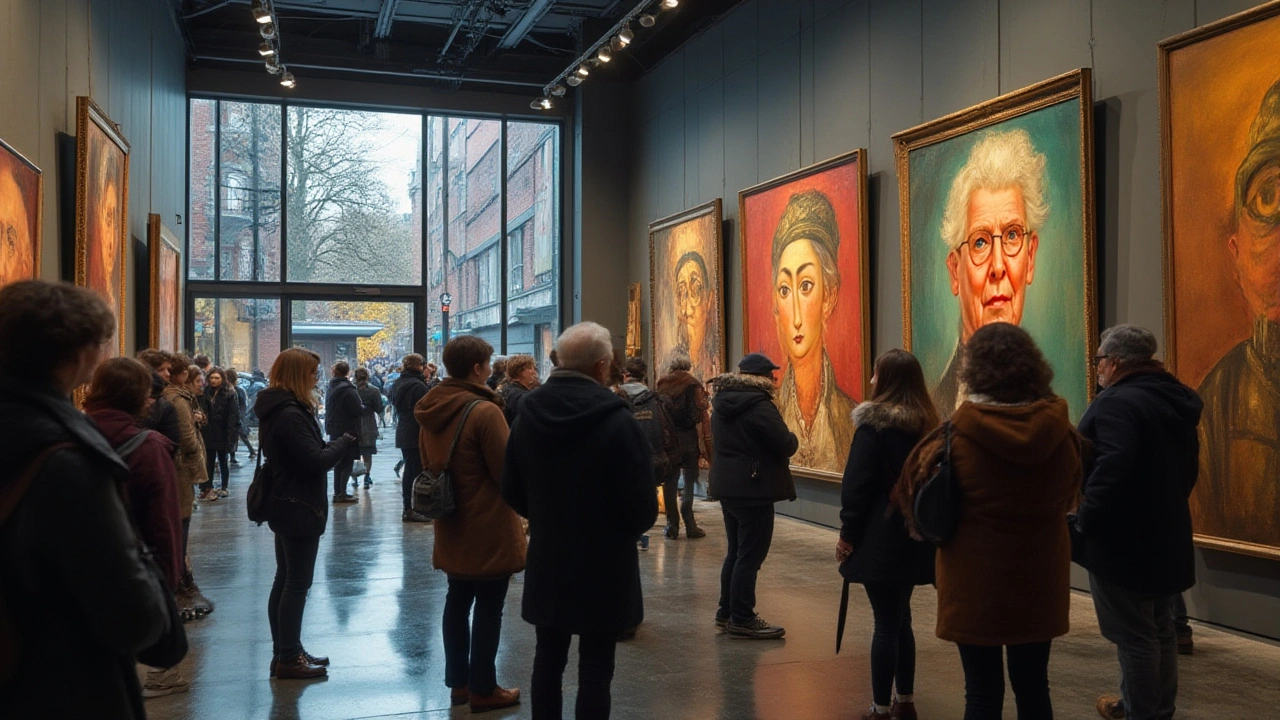
How Primitivism Changed Modern Art—and What We Can Learn Today
You see primitivism’s fingerprints all over modern creativity. Artists now pull from everywhere—graffiti, folk patterns, digital collages, you name it. Jean-Michel Basquiat, in the 1980s, took up that primitivist vibe but made it about urban New York, mixing African-American voices with street energy. Today, creators like Toyin Ojih Odutola and Amoako Boafo mix their personal heritage into styles that would have felt sacrilegious a century ago.
So what practical lessons can we grab from the wild ride of primitivism? First, looking outside your comfort zone almost always sparks new ideas, but real respect and curiosity matter even more. If you’re a creator—whether it’s painting, music, or T-shirts—dig past the surface. Read about the cultures you admire. Whenever possible, collaborate with artists from those backgrounds, or support their work directly. And if you’re browsing a museum, don’t just admire that carved mask—see if you can find out who made it, when, and why. More and more exhibitions now try to tell both sides of the story, even if museums still have work left to do.
Here are a few simple tips if you want to explore the spirit of primitivism for yourself:
- Experiment with materials and processes you haven’t tried. Forget about making perfect lines. Let your hand wander.
- Take a trip outside your usual neighborhood—visit galleries featuring Indigenous or African diaspora artists.
- Read up on the history behind artifacts that inspire you; context adds depth to creativity.
- Trace the influence chain. Follow how one image, idea, or pattern travels between cultures and gets remixed over time.
- If you collect art, support contemporary makers from the cultures whose work you love.
Primitivism started as a shock, but it left us with a lasting challenge: to see the world—and its people—through more than just our own eyes. It’s not about nostalgia for a fantasy of the “pure” or “untouched.” It’s about mixing things up, asking hard questions, and refusing to play it safe. If there’s a single thread running through modern art, it’s this: Make it bold. Make it real. And never settle for just the surface.

